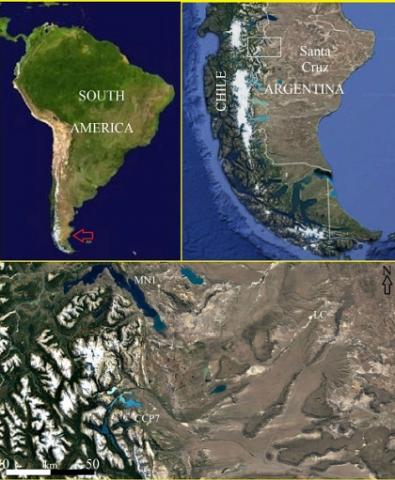Hugo G. Nami, María T. Civalero
2 017
Archaeological Discovery, 2017, 5, 101-115
The early Holocene archaeological record in Northwest Santa Cruz province in southern Argentina is remarkable in its richness. Among the lithic remains, most notable is a stemless triangular projectile point dating to ~8.5 - 10 uncalibrated kya. As part of a long term program directed to explore and understand diverse aspects of lithic technologies from Patagonia, this paper reports new observations on a set of notable unifacial tools existing in the assemblage accompanying them. Based on archaeological and experimental data we hypothesize they were produced from thick flake-blanks with one face totally or partially covered by flake scars sometimes reaching the longitudinal symmetry axis. This fact suggests that before being finished, it was reduced by detaching flakes from the edge to its center. This recent technological discovery allowed deepened on a new regional issue related with early Holocene unifacial tools that emerge as a peculiar style of covering unifacial flaking with subtle production differences to other similar implements. Together with the triangular points, this particular way of preforming the tool before and/or during the final shaping might be another distinctive manufacturing technique used by early Holocene hunter-gatherers in the area.

